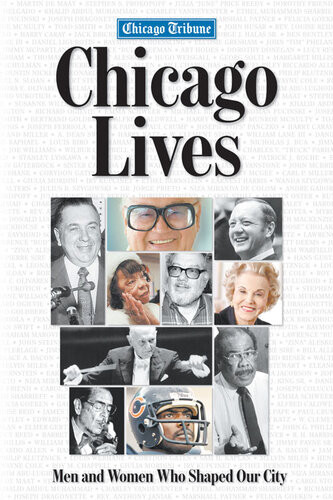

Most ebook files are in PDF format, so you can easily read them using various software such as Foxit Reader or directly on the Google Chrome browser.
Some ebook files are released by publishers in other formats such as .awz, .mobi, .epub, .fb2, etc. You may need to install specific software to read these formats on mobile/PC, such as Calibre.
Please read the tutorial at this link: https://ebookbell.com/faq
We offer FREE conversion to the popular formats you request; however, this may take some time. Therefore, right after payment, please email us, and we will try to provide the service as quickly as possible.
For some exceptional file formats or broken links (if any), please refrain from opening any disputes. Instead, email us first, and we will try to assist within a maximum of 6 hours.
EbookBell Team

5.0
50 reviewsHad it not been for a serendipitous letter passed between her neighbors, Zofia Kuklo might have been dismissed as just another fading, elderly widow, and it would have been a crime.
She died on the Northwest Side as the twentieth century drew to a close, a quiet, churchgoing woman who’d become part of the Chicago landscape. Almost as secretive as she’d been in Poland during World War II, she blended into the immigrant neighborhood she lived in so completely that nobody in Chicago knew she’d once rescued more than a dozen Jews from the Holocaust.
For years, she hid them in her barn. Perhaps from the long habit of keeping silent among Nazis, Mrs. Kuklo said little after the war, and even less after immigrating to the United States twenty years before her death in January 2001.
Word reached her Chicago neighbors after a letter from one of the Holocaust survivors helped get Kuklo’s name memorialized in Israel’s Yad Vashem Holocaust Memorial in 1994.
When she was recognized, her exploits were a staggering revelation for local Polish and Jewish groups, for whom Kuklo became an instant icon. Her story was also one of those obituary-section discoveries for readers that shows the fine line that sometimes separates a touching account from total obscurity.
On street corners and in office towers, in barrooms and in back rooms, the history of Chicago in the twentieth century was played out in the lives of its residents. As is often the case with history, the full impact of those lives wasn’t known until they were gone.
At the Chicago Tribune’s obituary desk, the chances to tell the stories came by the dozens each day. Possibilities were circled in death notices and waited behind the blinking red lights of telephone messages. By the next day, readers with their morning coffee would learn about neighbors they’d long been fascinated with or who’d slipped their attention. The obituaries are one of the best-read sections of the paper.